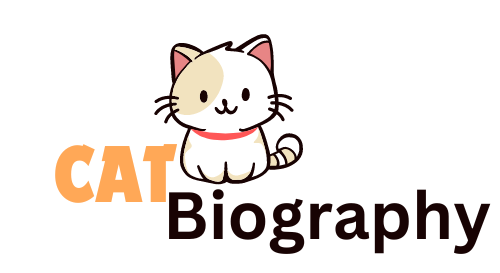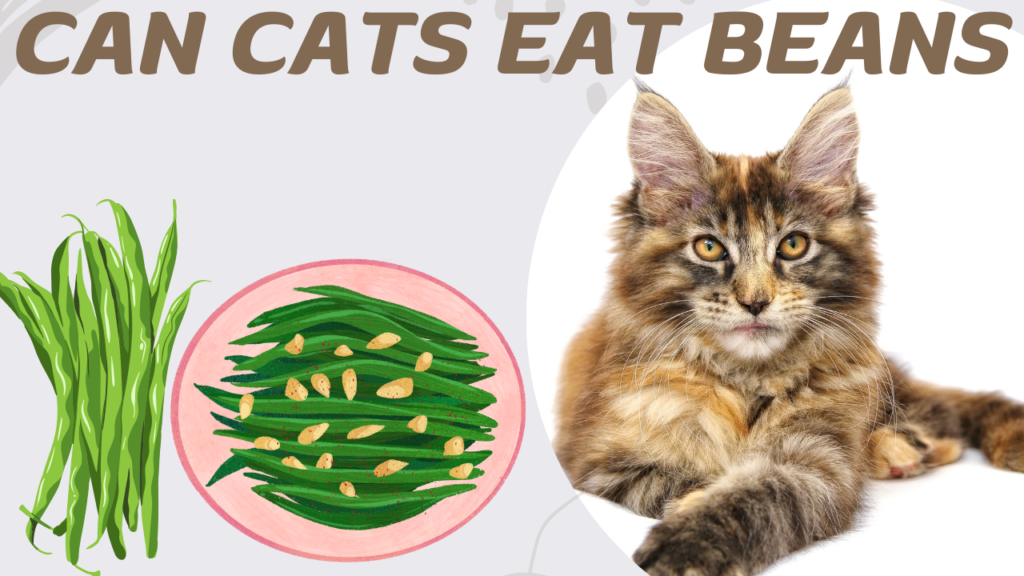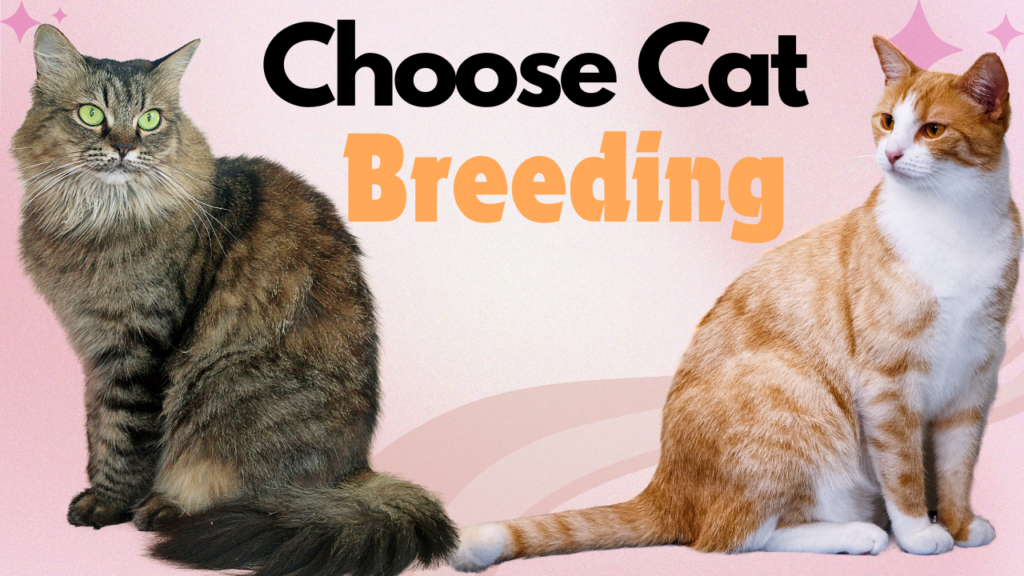As cat owners, it’s natural to wonder about the dietary preferences of our feline friends, especially when it comes to sharing our meals. Among the various human foods, beans often come up in conversation, particularly green beans and kidney beans. This article aims to answer the question: can cats eat beans? We will explore the safety, nutritional benefits, and recommendations for feeding beans to cats, ensuring you are well-informed to make the best choices for your furry companion.
Understanding Your Cat’s Dietary Needs
Cats are obligate carnivores, which means their diet must primarily include proteins derived from animal sources. Unlike dogs, who have more flexibility in their diets, cats require specific nutrients found predominantly in meat. However, certain plant-based foods, including beans, can provide additional health benefits when introduced carefully.
The Nutritional Value of Beans
Beans, particularly green beans and kidney beans, offer a variety of nutrients beneficial for both humans and cats.Let’s take a detailed look at their nutritional profiles:
- Green Beans: Low in calories and rich in fiber, vitamins A, C, K, and several essential minerals, green beans can support a cat’s digestive health and contribute to weight management.
- Kidney Beans: High in protein, dietary fiber, and important vitamins and minerals such as folate, potassium, and iron. However, they must be prepared correctly to eliminate harmful compounds.
Can Cats Safely Eat Green Beans?
Health Benefits of Green Beans
Green beans can be a healthy treat for cats when given in moderation. Here are some key benefits:
- High Fiber Content: Green beans are an excellent source of soluble fiber, which aids in digestion and can help prevent constipation.
- Weight Management: Low in calories, green beans can help your cat feel full without adding extra weight.
- Rich in nutrients, they offer vital vitamins and minerals that promote overall health.
Preparing Green Beans for Your Cat
To safely introduce green beans into your cat’s diet, consider the following steps:
- Cooking: Always cook green beans to make them easier to digest. Steaming or boiling them without added salt or spices is ideal.
- Serving Size: Start with a small portion (1-2 beans) to monitor your cat’s reaction.Slowly raise the amount as they adapt to the new food.
Are Kidney Beans Safe for Cats?
Kidney beans are a more controversial addition to a cat’s diet. While they contain beneficial nutrients, they also pose certain risks if not prepared correctly.

Risks of Kidney Beans
- Lectin Content: Raw kidney beans contain high levels of lectins, which can be toxic. Cooking the beans thoroughly is crucial to neutralize these harmful substances.
- Digestive Issues: Even when cooked, kidney beans should only be offered in moderation, as too much can lead to digestive upset in sensitive cats.
Nutritional Benefits of Kidney Beans
If prepared properly, kidney beans can provide:
- Protein Source: A good complement to the protein in a cat’s meat-based diet.
- Fiber:Aids digestive health and helps maintain regular bowel movements.
How to Safely Introduce Kidney Beans
- Preparation: Soak dried kidney beans overnight, then cook them thoroughly for at least 30 minutes. Ensure they are served plain, without any additives.
- Portion Control: Limit the serving size to a few small beans at a time. Monitor your cat’s reaction and consult with your veterinarian if uncertain.
Guidelines for Feeding Beans to Cats
- Moderation is Key: Whether it’s green beans or kidney beans, always introduce new foods in small amounts. This helps prevent digestive upset and ensures your cat enjoys the new addition.
- Observe Reactions: Monitor your cat for any signs of discomfort, such as vomiting or diarrhea, after introducing beans. If any adverse reactions occur, discontinue feeding and consult your vet.
- Consult Your Veterinarian: Before making any significant changes to your cat’s diet, it’s always wise to consult with a veterinarian, especially if your cat has pre-existing health conditions.
Conclusion: A Balanced Approach to Feeding Beans
In summary, both green beans and kidney beans can be incorporated into your cat’s diet when prepared correctly and given in moderation. Green beans are generally the safer option, providing a variety of health benefits, while kidney beans should be approached with caution due to their potential toxicity if not cooked properly.
By understanding the nutritional value and proper preparation methods, you can enrich your cat’s diet safely. Always prioritize your pet’s health by consulting with a veterinarian to tailor their dietary needs appropriately.
mermaidCopy codegraph TD;
A[Feeding Beans to Cats] --> B{Type of Beans};
B --> C[Green Beans];
B --> D[Kidney Beans];
C --> E[Health Benefits];
C --> F[Preparation Guidelines];
D --> G[Health Risks];
D --> H[Nutritional Benefits];
This diagram outlines the key considerations for feeding beans to cats, helping visualize the different paths based on the type of bean. By following these guidelines, you can confidently treat your feline friend to occasional beans as part of a balanced diet.
#: READ ANOTHER POSTS
1: Can Cats Eat Donuts? A Guide to Feline Nutrition and Health Risks


